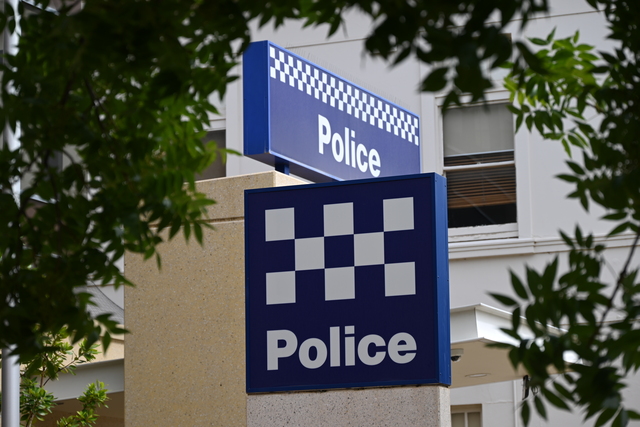An analogy that I sometimes use to describe management of a business is that it’s like owning a big expensive car. Trips in it can be exciting and eventful but you may also encounter potholes (pitfalls) along the way and it’s not a bad idea to get it serviced at regular intervals as well. Let’s explore some of the similarities a bit further.
I deliberately describe the car as being “big and expensive” since it’s not cheap to run a business; there are always costs and bills to pay and any expenditure needs to be carefully considered. Nonetheless, it’s no good just keeping the car in the garage since a car is designed to take people places, and like a car, a business needs to arrive at its defined destination. So, the first thing to consider is: where do you want to go? As Lewis Carroll (Author of ‘Alice in Wonderland’) says: “If you don’t know where you are going, any road will get you there.”
Defining what success looks like over a given timeframe is an important thing to do but is frequently not done. This means being specific about what you want the business to achieve and things to consider might include: required revenue and net profit, number of customers, sales and marketing outcomes, number and nature of staff, relevant systems and processes. It is important to be very specific in defining these objectives since if you were planning to drive to meet someone in Sydney, you would not simply just say “see you in Sydney”, you would need a specific address, date and time.
In the same way that once a specific destination is defined, you now plan your route, so a business needs to consider how it will achieve its objectives. A geographical destination will require GPS or other navigation aids (remember ‘Melways’?) to find the best possible route that allows you to get there within the required timeframe with minimal travel costs. In business, this resolves to creating a ‘business strategy’ which will identify the key things to focus on and the most efficient way to get there.
So now imagine getting into your big, expensive car and finding that it has no instrumentation – no speedometer, fuel gauge, no warning indicators. How would you feel about driving this car? The truth is that you wouldn’t even take it out onto the road as you would have no idea whether you were breaking speed limits, running out of fuel or driving with a fault. This is what it is like to run a business with a financial budget, cash-flow or measurement of progress against your defined objectives. Well-defined business goals are usually quite simple to measure and best to keep these simple anyway.
If you are going to make a lengthy trip, it’s probably a good idea to take people with you that you can trust and rely on and whose company you enjoy (if you were making a car trip over the outback, it would probably be worth having someone that knows about cars as well!). If space is tight, you are probably not going to want “passengers” that don’t fit the bill. In business, this is equivalent to having staff on board that match well with your company culture. They share your values and ideals, are likely to contribute to the overall performance of the business and would share in its success.
Finally, it’s interesting to consider the role of money here. In his excellent video “Businesses don’t exist to make money” (youtube.com/watch?v=ACZhpCdfEdY), Simon Sinek describes how money is ‘fuel’ that allows a business to achieve its objectives (similarly you need money to buy fuel to fill up a car so that it can be driven). A business does not exist purely to make money, but it needs money to meet its expenses and financial obligations including the wages of its staff (hence providing security and stability) and to be able to continue providing products and services of value.
Ian Ash ACC, AIECL AInstIB
Managing Director OrgMent Business Solutions – ombs.com.au







